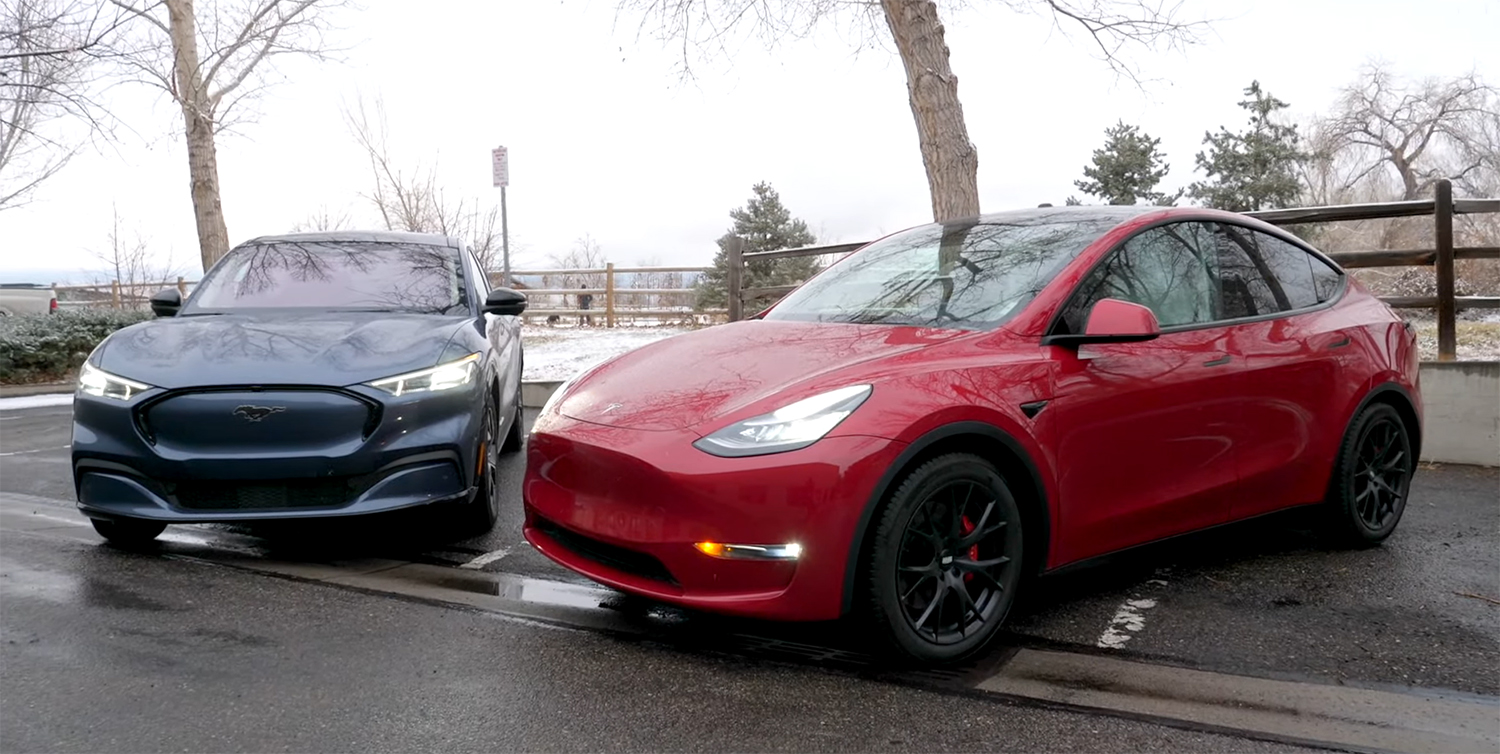Read The Full Article On: Investorplace
Detroit’s most indebted automaker looks set to gain a second life
Electric vehicle bulls unite! In 2020, Tesla (NASDAQ:TSLA) became worth more than all Western legacy carmakers combined. Even Nio (NYSE:NIO), a Chinese EV startup, is now worth more than any Detroit automaker. But in 2021, Ford (NYSE:F) looks set to give these companies a run for their money. What does that mean for Ford stock?

Source: r.classen / Shutterstock.com
Full disclosure: I’ve been a Ford bear for years. As late as mid-October, I suggested investors make a tactical long/short investment – buying Fiat and shorting Ford. (By the end of the year, that strategy would have returned 35%).
But even winning tactical strategies have sell-by dates. And with Ford looking more robust with each passing day, it’s time to suggest something I never dreamed I would say: it’s time to consider Ford stock.
Ford Stock: Winning the Prize for Last Place
Ever since the 2008 financial crisis, Ford has sat on investors’ “do-not-touch” shelf. Professionally, even deep-value investors regarded the company as a money pit. And they were right. In the past decade, Ford stock has dropped 36% compared to a 200% gain in the S&P 500.
While Ford and CEO Alan Mulally won accolades for staying afloat during the financial crisis, the company’s survival came at an enormous cost. That’s because keeping its shareholders alive also meant Ford couldn’t shed its debts in bankruptcy court. Today, the company still has $13 billion in automotive debt and another $25 billion in other liabilities.
As any underwater homeowner knows, with debts come interest payments. Even before the coronavirus pandemic, Ford spent two-thirds of its operating income on servicing debt interest.
These debts have left Ford in an endless cycle of misery. Every year, shareholders would watch in dismay as Ford channeled its profits to pay down debt while competitors like Tesla spent billions on electric vehicle factories. That pushed Ford’s profitability down even further, making it even harder to catch up.
Ford Gets Lucky with Rivian
But then, something interesting happened. In 2019, Ford made a $500 million investment in an up-and-coming electric vehicle maker named Rivian. The company would later double down with a second investment in December.
It proved prescient.
A new funding round valued Rivian at $27.6 billion. Though management never disclosed the terms of Ford’s equity stake in Rivian, Ford’s initial investment could still be worth several billion today. Even better, Ford walked away with an agreement with Rivian’s R&D team. The legacy automaker now has access to Rivian’s skateboard platform, which has already sold out at least one planned Ford model.
As Ford rolls out its all-electric F-150 pickup truck in 2022, investors should watch with interest.
Is Ford Stock a Value Trap?
Invest long enough, and every value investor eventually lands a “value trap” – the stock equivalent of buying real estate in the Florida Everglades. Though the stock might seem cheap, that’s precisely where it stays.
For years, Ford has fitted neatly in this category. Despite making the No. 1 selling pickup truck in the U.S., the company’s endless cycle of debts kept shares from recovering. Since 2014, investors have already replaced Ford’s CEO three times. But when your balance sheet looks more like an indebted bank than an automaker’s, even a wizard would have trouble conjuring a turnaround.
So, despite Ford’s short-term success with Rivian, investors will still need a lot to go right. Ford’s debt mountain won’t disappear overnight, no matter how many electric cars they realistically sell. And Wall Street analysts have primarily agreed on a hold rating with a miserly $9.66 target price; an impassive valuation would come to a similar conclusion.
But there’s one thing that could blow Wall Street’s estimates up: the electric vehicle mania.
Rivian: Powering Ford to New Heights
In early January, Ford’s stock began to move on Rivian’s bulging valuation. Within two weeks, investors added $15 billion to the legacy carmaker’s market cap. Value investors might have rejoiced, but it’s momentum investors that should be partying.
That’s because, in the world of corporate debt, stock prices matter. The higher the shares, the easier it becomes to issue new shares for cash without diluting existing shareholders into oblivion. Tesla has routinely turned to share issuances to raise billions for investment. And with a $45 billion market cap today, Ford issuing 10% new shares would raise $4.5 billion, up from $3 billion in December.
Ford shareholders will still have to wait a little longer for total salvation. The company’s 0.35x price-sales ratio is still the lowest of the Top 20 automakers in the world, making any equity raise a recipe for shareholder dilution. (Tesla’s valuation, meanwhile, is almost 100x higher.) But if Rivian, and willing retail investors, continue to push Ford’s shares higher, that opens the window for Ford to finally pay down its debt with fresh capital.
The moment that happens, make sure you’re ready. The No. 1 selling brand in the U.S. will give Tesla stock a run for its money.

